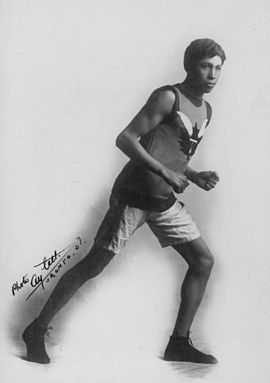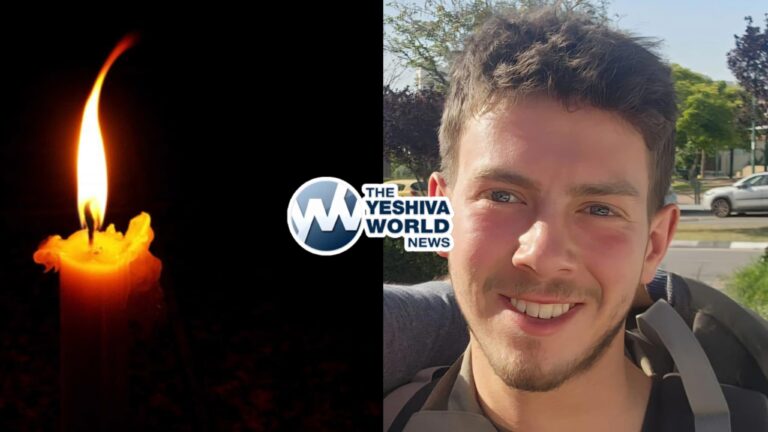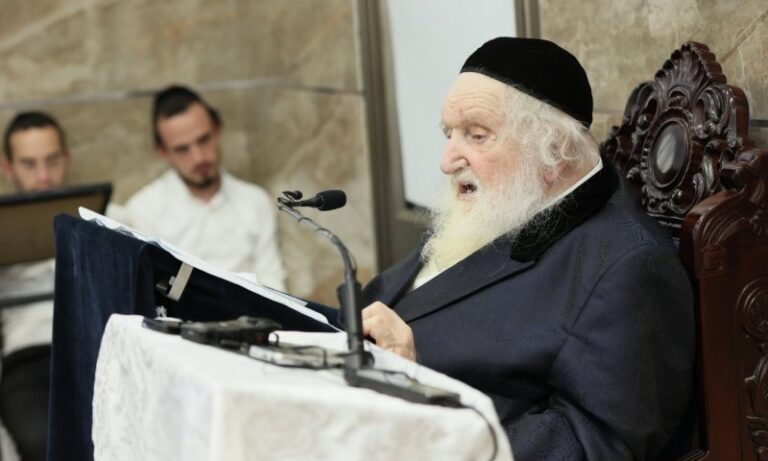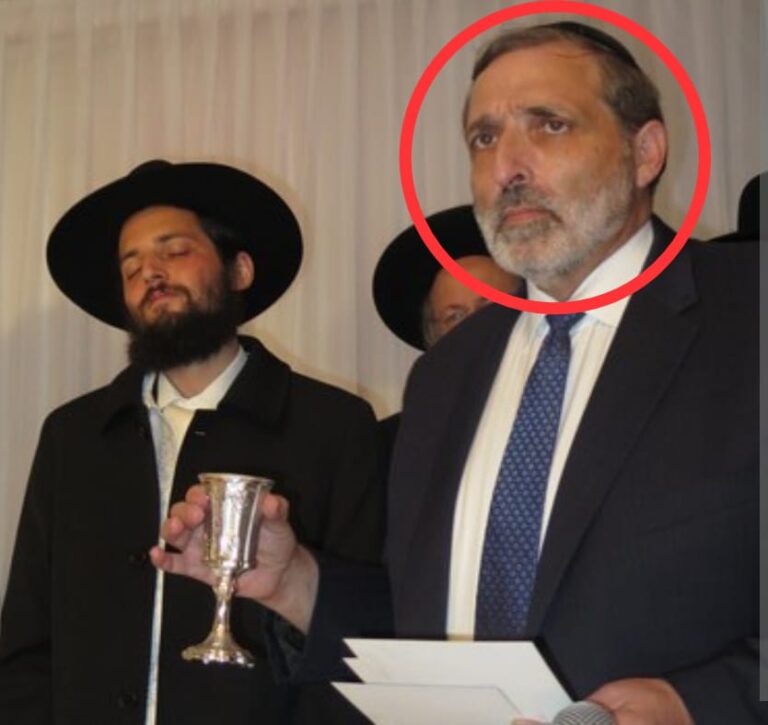(By Rabbi Yair Hoffman for the Five Towns Jewish Times)
This past Monday morning, Google featured Tom Longboat (1883-1949), a champion native-American Iroquois long distance runner from Canada. He was a military runner in the first world war. Google featured him in their “Google Doodle” as it would have been his 131st birthday on June 4th.
But what does all this have to do with Halacha?
Let’s get some background, first. In 1908, Longboat married Lauretta Maracle. She was Anglican, Tom Longboat was not. In 1916, he enlisted in the Canadian Army, running messages between military posts. Longboat was declared dead during World War I, and Lauretta remarried in 1918. But it was a mistake. Longboat didn’t actually die. The army had mad a mistake. Later, after she found out that her husband was alive, she was overjoyed, but she had no desire to leave her new husband.
We now have two area of halachic questions. What if Tom Longboat and his first wife were Jewish? What would be the halacha? The second area is what if Mrs. Longboat were to have posed her shailah to a Posek as a gentile? Would she be permitted in any way to remain married to husband number two?
The Shulchan Aruch (Even haEzer 17:34) writes as follows:
Similarly, a woman to whom one witness testified that her husband drowned in unending waters and did not arise and became forgotten – she should not marry based upon this testimony, as has been explained. And even if a Beis Din permitted her to do so and she did not yet marry – she should not marry (Responsa of the Rivash Siman 379). But if she did marry, she does not have to divorce from the second. This is only if she married under the direction of a sage or if she did so in error where she thought that it was permitted. But if she remarried knowing well that it was prohibited, she must divorce from the second husband.
[It should also be known that the Beis Shmuel (17:103) points out that the sage must be a sage that is renowned in psak Halacha.]
We know also that if a someone engaged in an illicit relationship with a married woman, the married woman is both forbidden to her previous husband as well as the paramour. If, however, it was considered “oh’ness” not her fault – then she would be permitted to the husband. This is clear from teh Gemorah in Kesuvos 9a. The meforshim explain that the same would apply to the second individual. This is the opinion of the Ran in Kesuvos 9a as well as the Achiezer Vol. I EH #8 “v’hinei.”
GETTING BACK TO OUR CASE
So now let’s get back to Tom and Lauretta. If they were Jewish then we would have to analyze the type of testimony that was given by his world war one compatriots. There are numerous nuances of Jewish case law which would make many halachic differences. If it comes out that they she had received dispensation to remarry from a sage who was reknowned – then she would be permitted to ask Tom Longbat to issue her a divorce (get) and she could marry husband number two.
If, however, Tom and Lauretta were not Jewish (which, in fact they are not) the very fact that she moved in with husband number two indicates the dissolution of the marriage to husband number one. The Rambam states that the status of gentile marriage and divorce parallels that of Jewish marriage prior to the giving of the Torah at Mount Sinai. She therefore can choose to remain with the second husband, which, in fact, she did.
So what happened to poor Tom? He remarried a woman named Martha Silversmith. Tom and Martha had four children.
The author can be reached at [email protected]
(YWN World Headquarters – NYC)












One Response
I did the LONGBOAT run in beautiful Toronto last year. The race is dedicated and named after him. Unfortunately I will not e able to participate in this year’s run as it is on Erve Rosh Hashana.